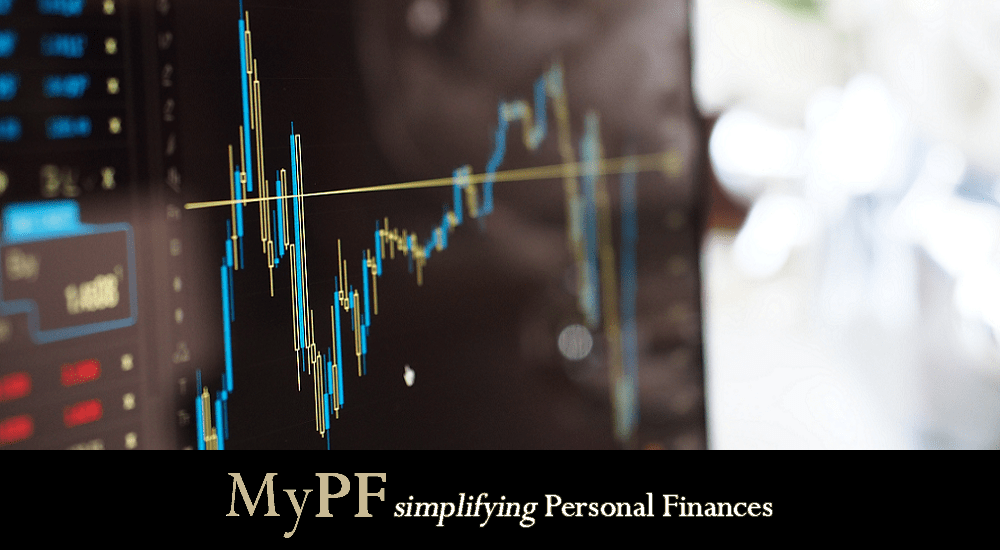We take an in-depth look at the market in October 2020.
Contents
2020 October Market Outlook
The ASEAN bourses recorded negative returns in September where Jakarta Composite Index (JCI) was the worst performer followed by Thailand’s Stock Exchange Index (SET), Singapore’s Straits Times Index (STI), FTSE Bursa Malaysia KLCI Index (FBMKLCI) and Philippine’s Stock Exchange Index (PCOMP) which dropped by 7.0%, 5.6%, 2.6%, 1.3% and 0.3% MoM respectively.
The Eurozone seasonally-adjusted unemployment rate increased to 8.1%, the highest jobless rate since July 2018, as the coronavirus pandemic hit the labour market. Meanwhile, consumer confidence indicator was at -13.9 in September 2020, higher than August’s final reading of -14.7 but remain below pre-pandemic levels. The Euro’s Manufacturing Purchasing Managers Index (PMI) was at 53.7 (vs 51.7 in August), which marked the strongest growth in over two years with solid gains in all three market groups; consumer, intermediate and investment goods. A PMI reading above 50 indicates an expansion.
China’s manufacturing activity maintained its expansionary momentum last month albeit its PMI edged down from 53.1 in August to 53.0 in September with firms signaling further increase in production and new work. Meanwhile, new businesses expanded at the strongest rate since January 2011 aided by a strong rebound in export of 9.5% YoY in August and retail sales with 1.25% in September (vs 0.6% in August).
US unemployment rate improved to 7.9% in September from 8.4% indicating better state of labour market. Similarly, nonfarm payroll employment rose by 661,000 jobs in September after an increase of 1.489 million in August, revised from 1.371 million. From the payroll employment survey, manufacturing sector employment increased 66,000, the strongest of the last three consecutive increases. Construction employment gained 26,000 jobs in September after 17,000 increased in August while mining & logging employment edged 1,000 higher, marked its first increase since February.
While China’s economic growth continues to show promising recovery, particularly in export and retail sales on the back of subdued inflation, the on and-off nature of the US fiscal stimulus discussion continue to heightened uncertainty as the market geared towards the upcoming presidential election. At the current juncture, it is difficult to have clear convincing analysis on who will win but if Trump loses, and does not accept the result, this may cause uncertainty in Federal government. As such, we tactically increased our cash allocation by taking some profit on US/technology across all portfolios, effectively bringing the portfolio allocation to risk-off mode (e.g 50:50 equity/fixed income in moderate portfolio) from neutral allocation.
Equity
FBMKLCI fell by 1.34% MoM in September 2020 to close at 1,504.82 points. Looking at the trading participants for the month, local retailers and local institutions were both net buyers, buying RM1.42bil and RM0.54bil worth of shares respectively. Foreign investors on the other hand were the only net sellers, selling RM1.99bil worth of shares. For year-to-date (YTD), local retailers and local institutions were the net buyers, buying RM11.7bil and RM10.75bil worth of shares respectively while the foreign investors were net sellers, selling RM22.33bil. Overall, sectors in Malaysia recorded mixed returns in September. Sectors like construction and industrial sectors were both in the positive territory which went up by 0.94% and 0.26% MoM respectively. Other sectors namely healthcare, energy, property, transport, utilities, telecom, technology, finance, consumer and plantation fell by 11.94%, 10.90%, 5.39%, 4.17%, 3.40%, 3.26%, 3.05%, 1.31%, 0.38% and 0.10% MoM respectively. Most of the top gainers in September ended in the red due to profit taking, especially in healthcare stocks.
Bond
In September 2020, the yields for the Malaysian Government Securities (MGS) for the 3-year, 5-year, 7-year and 10-year rose by 16bps, 14bps, 15bps and 7bps respectively to close at 1.99%, 2.24%, 2.43% and 2.67% respectively
Commodities
Crude palm oil edged down by 0.21% MoM to close at RM2,839/MT in September compared to RM2,845/MT in August. Nymex (WTI) crude oil price fell by 5.6% MoM in September, closing at $40.22/barrel from $42.61/barrel in the previous month as rising Covid-19 cases around the world dampened the demand outlook. Similarly, gold price was down by 4.21% MoM to close at $1,887.50/Oz in September, as compared to $1,970.50/Oz in August.
You May Also Like
- 2020 September Market Outlook
- 2020 August Market Outlook
- 2020 July Market Outlook
- 2020 June Market Outlook
- 2020 May Market Outlook
Access managed portfolios, EPF MIS investments, & money markets globally with Philip Capital by talking to your licensed financial planner.




Leave A Comment